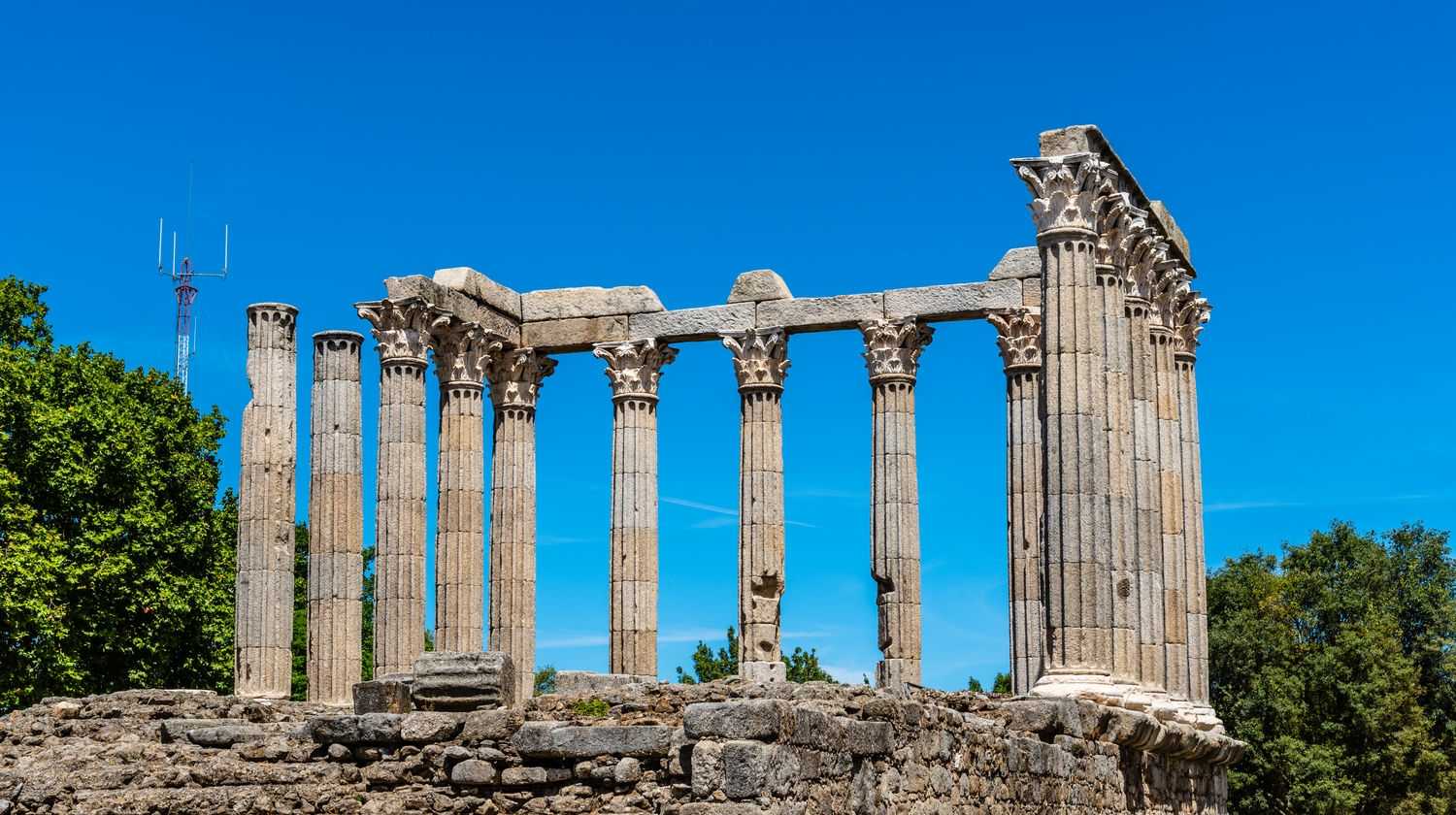Discovering Ancient Roman Ruins in Lisbon
Lisbon, the vibrant capital of Portugal, is a city known for its rich history, stunning architecture, and lively culture. While many visitors are drawn to its iconic landmarks and scenic views, Lisbon also offers a fascinating glimpse into the past through its ancient Roman ruins. These remnants of a bygone era provide a unique opportunity to explore the city’s historical roots and understand its evolution over the centuries.
The Roman Theatre of Lisbon
One of the most significant Roman sites in Lisbon is the Roman Theatre, located in the Alfama district. This ancient structure dates back to the 1st century AD and was discovered in the late 18th century. The theatre was once a grand venue for entertainment, capable of seating thousands of spectators who gathered to watch plays and performances.
Today, visitors can explore the remains of the theatre, which include the stage, seating areas, and parts of the original structure. The site also features a small museum that houses artifacts uncovered during excavations, such as pottery, coins, and sculptures. These items provide valuable insights into the daily lives of the Romans who once inhabited the area. A visit to the Roman Theatre offers a captivating journey back in time, allowing you to imagine the vibrant cultural life of ancient Lisbon.
The Roman Wall of Lisbon
Another remarkable remnant of Roman presence in Lisbon is the Roman Wall, which once encircled the city. Built during the 3rd century AD, this defensive structure was designed to protect the city from invasions. Although much of the wall has been lost to time and urban development, several sections still stand today, offering a tangible connection to Lisbon’s ancient past.
One of the best-preserved sections of the Roman Wall can be found near the Lisbon Cathedral, in the heart of the city. Here, visitors can see the impressive stonework and get a sense of the scale and strength of the original fortifications. Walking along the remnants of the wall, you can appreciate the strategic importance of Lisbon in the Roman Empire and the efforts made to safeguard it from external threats.
The Roman Galleries of Rua da Prata
Beneath the bustling streets of modern Lisbon lies another hidden gem of Roman history: the Roman Galleries of Rua da Prata. These underground galleries, also known as the “Cryptoporticus,” were part of a larger Roman building complex, possibly used for storage or as a market area. Discovered in the late 18th century, the galleries are a testament to the advanced engineering and architectural skills of the Romans.
Access to the Roman Galleries is limited, as they are only open to the public a few times a year due to their delicate condition and the need for preservation. However, if you have the opportunity to visit during one of these rare openings, you’ll be treated to a fascinating underground tour. Guided by experts, you’ll explore the labyrinthine passages and learn about the construction techniques used by the Romans. This unique experience offers a rare glimpse into the hidden layers of Lisbon’s history, revealing the city’s deep-rooted connections to its Roman past.
